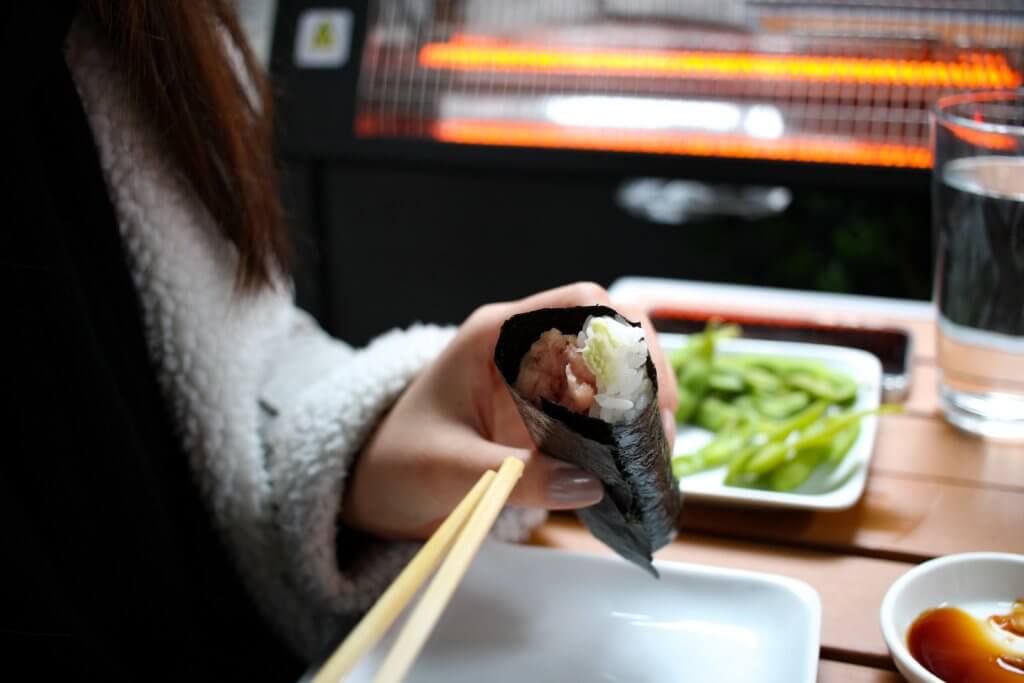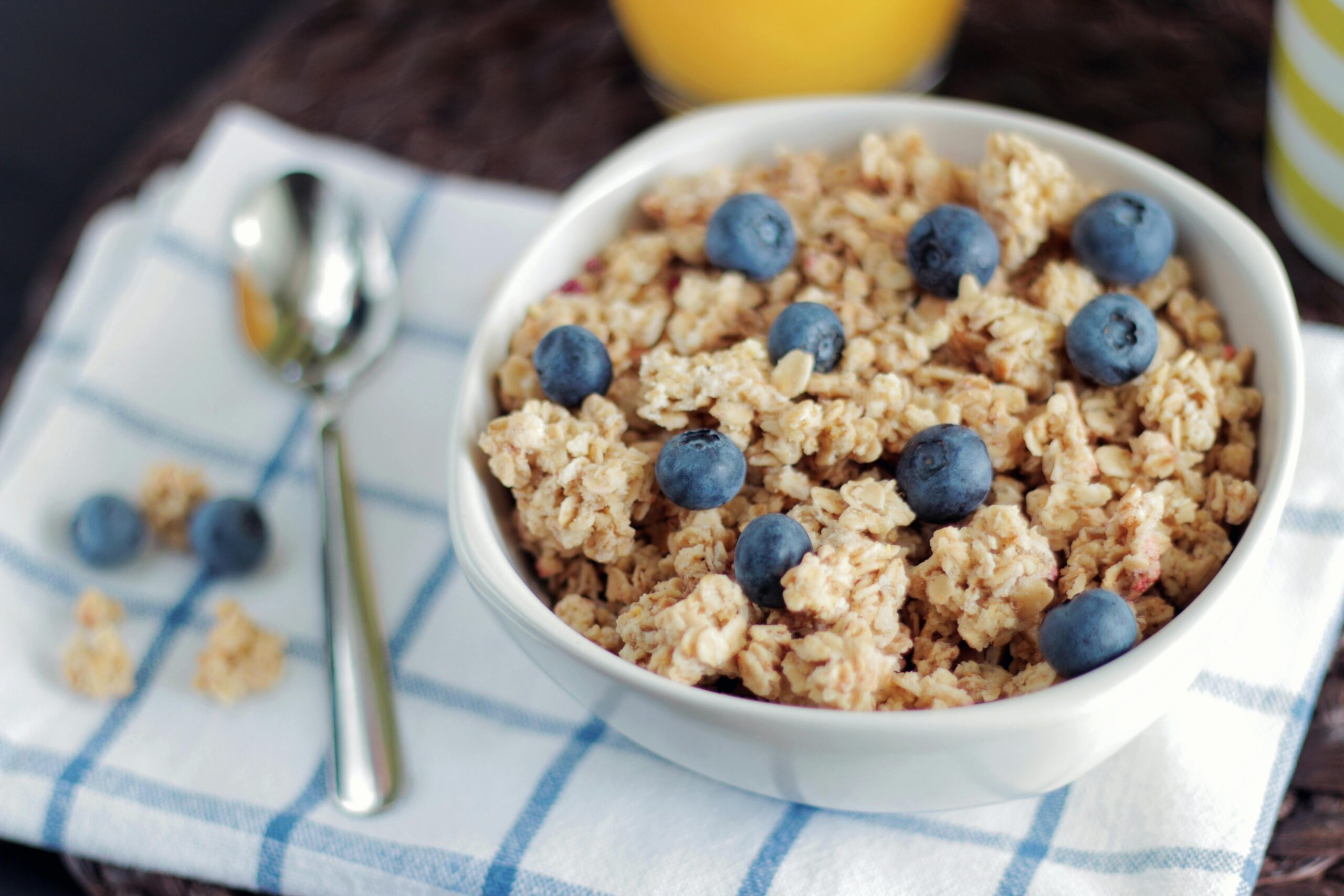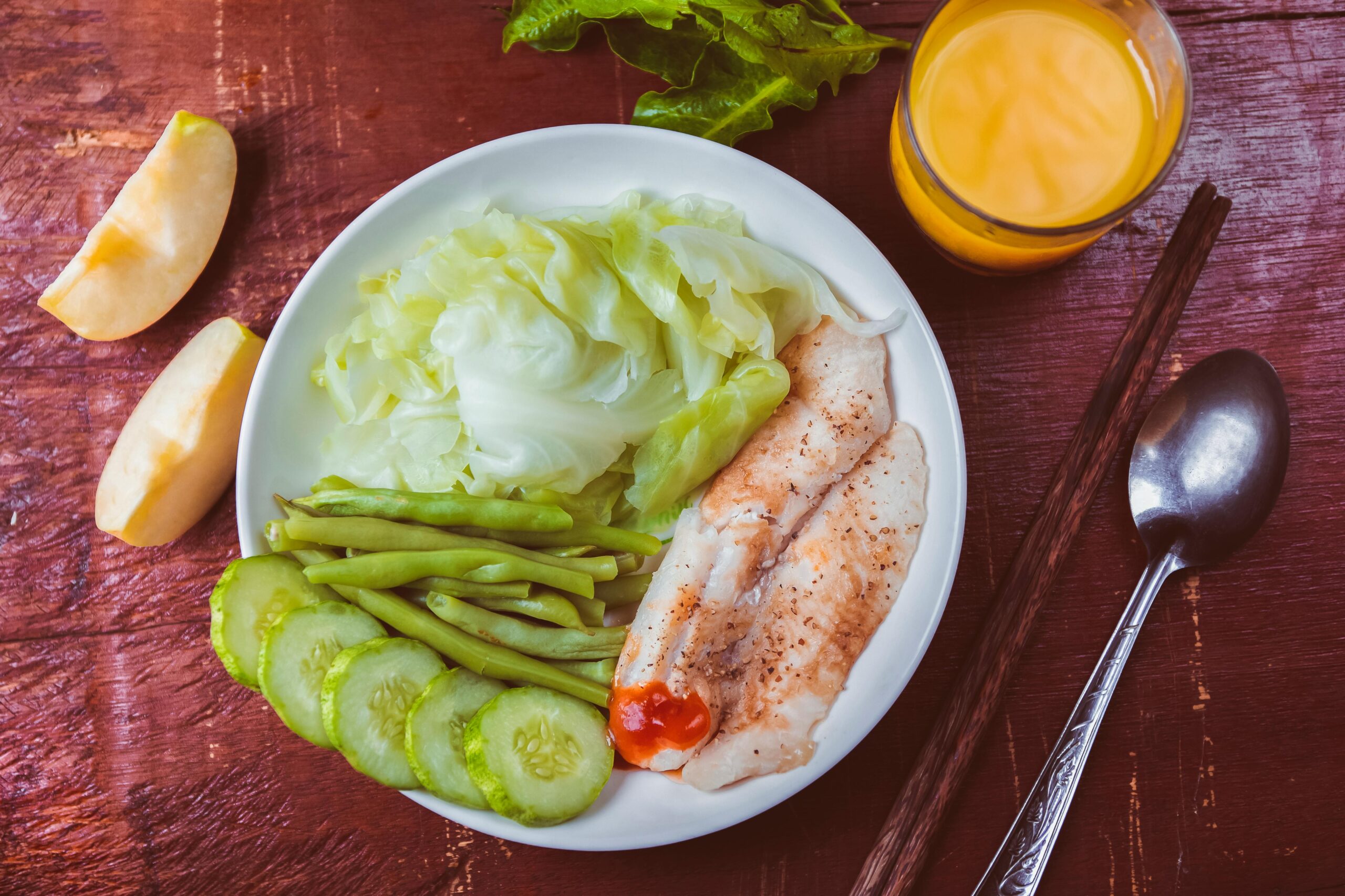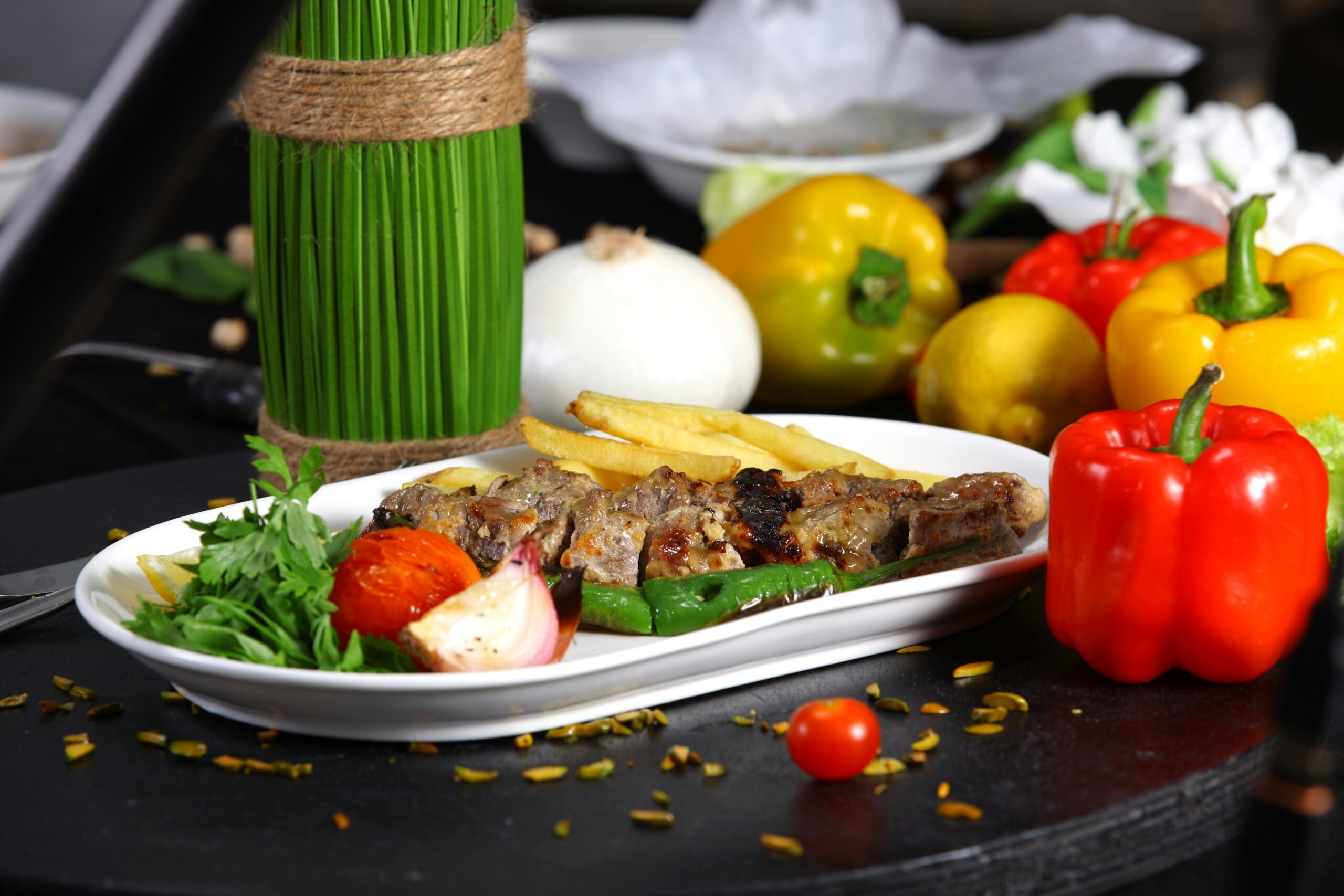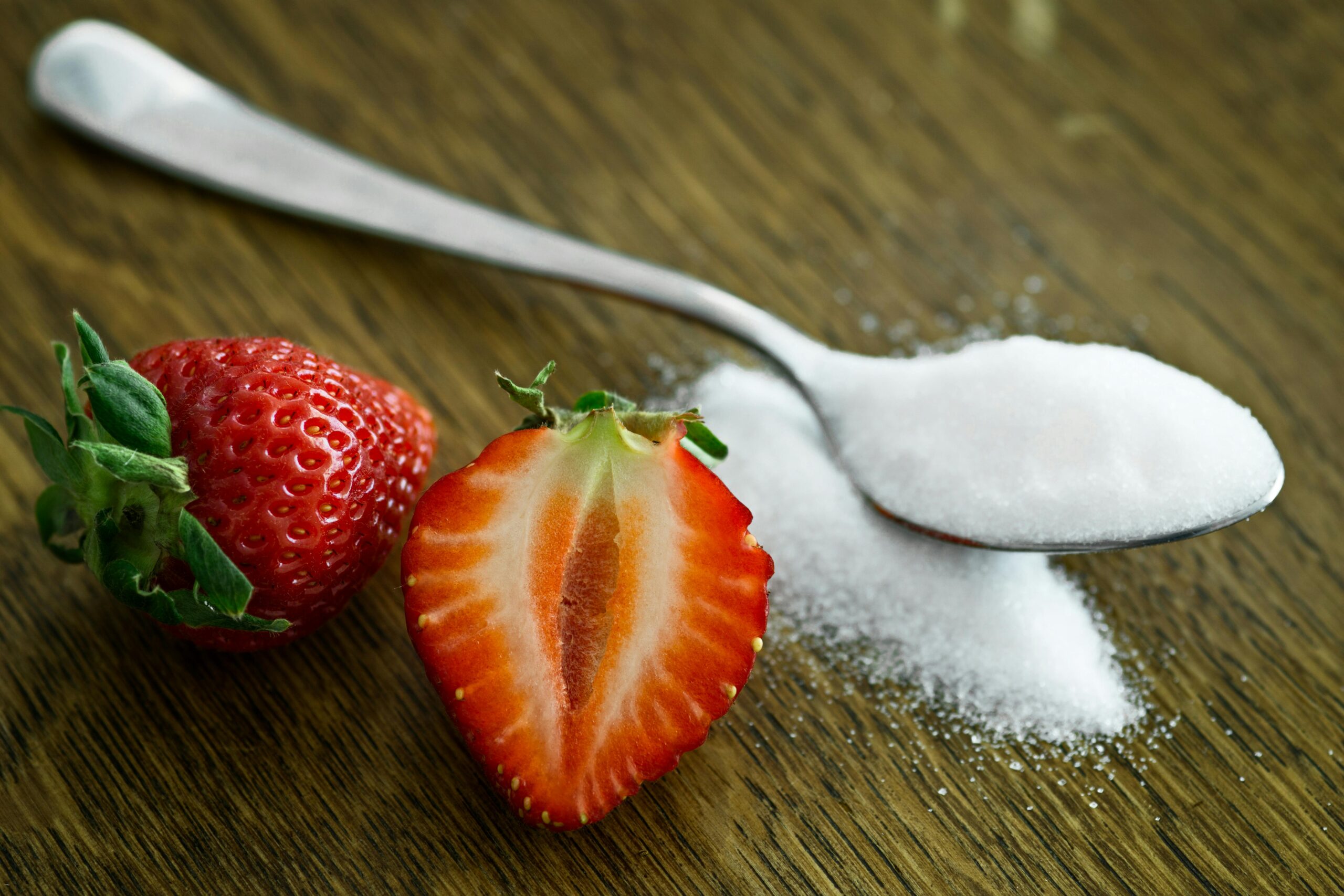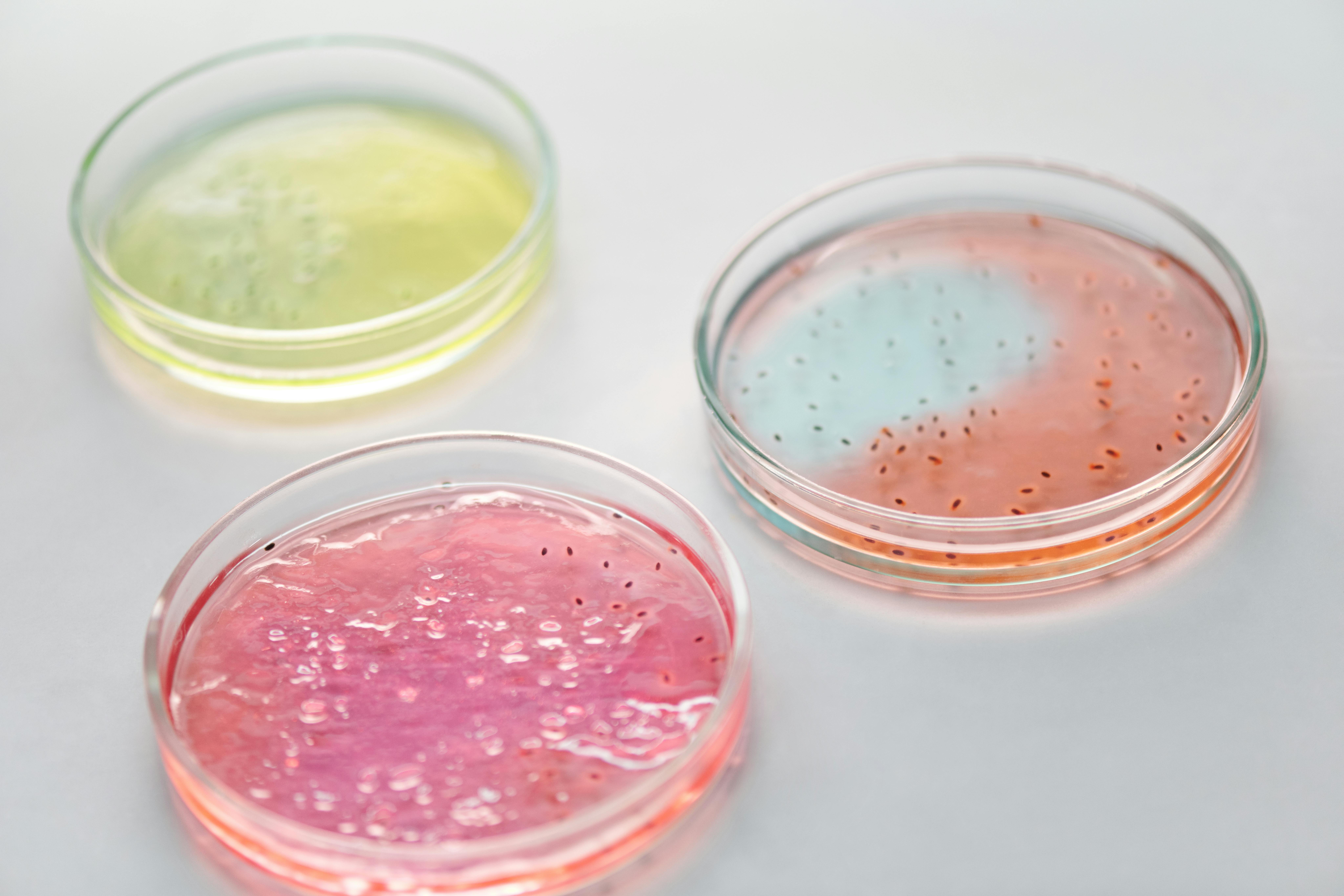Our bodies can digest many things, raw and cooked. New research from the University of Michigan helps in understanding how the body processes a delicious underwater delicacy: seaweed. Turns out, gut bacteria are the reason you get to enjoy that spicy tuna sushi roll.
While our gut bacteria can break down fiber or polysaccharides from fruits, vegetables, and grains it is unable to process the polysaccharides in seaweed by itself. Instead, there are bacteria living in the ocean that are part of a carbon cycle that can break down a carbohydrate in cold-water seaweed called porphyran. A decade ago, these same marine bacteria were found in a microbiome sample from a Japanese adult.
The latest findings show the genes from the marine bacteria Bacteroidetes have a way of entering the human gut through a process called a lateral gene-transfer.
“Whether they came directly from an oceanic bacterium someone just happened to consume or through a more complex path into the human gut is still a mystery,” explains Eric Martens, PhD, a professor in the Department of Microbiology and Immunology at the U-M Medical School in a statement.
The study involved examining donated stool samples from college students for the genes of the oceanic bacteria and whether bacteria could degrade polysaccharides normally found in seaweed. Findings showed the genes for processing a seaweed-derived polysaccharide called laminarin were in several bacterial species.
The genes for digesting other seaweed polysaccharides were less common, but this may vary by geographic regions. “The genes to process agarose and porphyran, two of the more commonly consumed seaweeds in Southeast Asia, tended to be enriched in the people living there,” says Dr. Martens.
Genes to break down porphyran were most common in samples from China and Japan. Another seaweed polysaccharide called carrageenan has been eaten since 400 B.C. in China and is used as a food additive in oat milk to infant formula. Not surprisingly, researchers identified stool samples from China, Japan, and North America with carrageenan genes.
The team also found the bacteria Firmicutes in higher amounts in the human gut than Bacteroidetes. These have a genetic ability to grow on seaweed polysaccharides.
“Firmicutes are known to live in fish intestines and the closest ancestors of the genes that appear to have jumped into human gut Firmicutes were ones found in fish,” says Dr. Martens.
The study is published in the journal Cell Host & Microbe.
